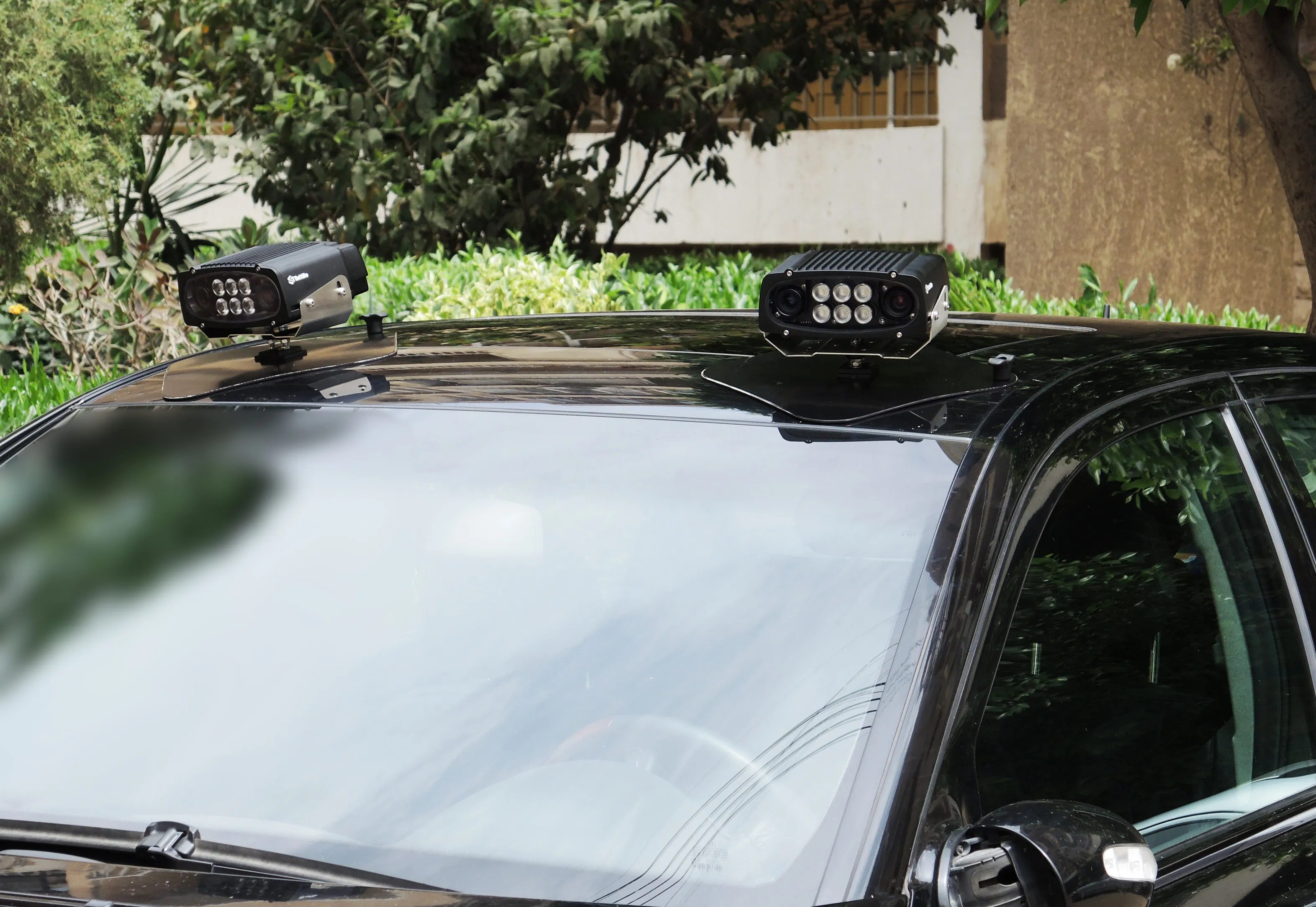Temporary intelligent transport system (ITS) solutions provider,
In partnership with traffic management specialist
The system uses eight MVIS VMS-C signs which communicate with Vysionics’ own Vector integrated ANPR cameras via MVIS’ Web Studio web-based sign management and control system, providing real time journey information to drivers at strategic points along the route.
The cameras send vehicle number plate data back to a remote server which calculates journey times, and the average journey time is relayed to MVIS’ signs throughout the works.
When necessary, control centre operators can override the default journey time information display with additional driver information, for example regarding incidents ahead, thereby negating the need for additional signs.
MVIS’ sales manager, Graeme Lee said: “This is the first time that we have sold our signs for long-term, constant use within a journey time solution on a smart motorway scheme and we are tremendously proud to be playing such an important role in this significant project.”
Temporary journey time solution aids smart motorway works
Temporary intelligent transport system (ITS) solutions provider, Mobile Visual Information Systems (MVIS), is to supply its first temporary journey time solution for long-term constant use on a smart motorway project.
In partnership with traffic management specialist Vysionics, MVIS developed a temporary journey time solution for continuous operation throughout the two year installation of the smart motorway scheme between junctions 28 and 31 of the M1. The temporary system provides real time journey inf
August 12, 2014
Read time: 2 mins










